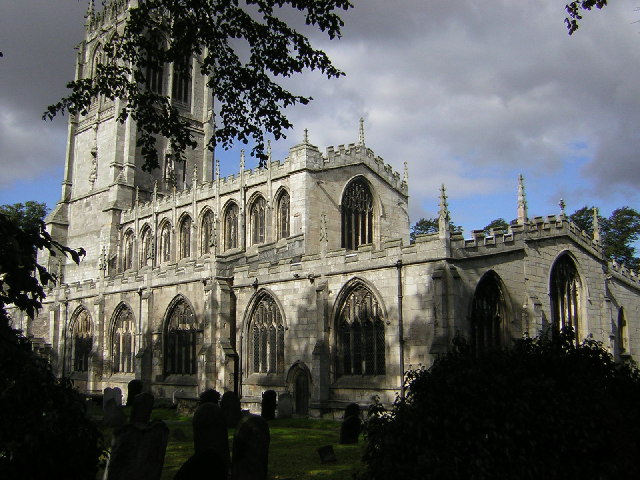The Yorkshire Dales National Park was established in 1954, and covers an area of 1, 680 square miles straddling the central Pennines through to Cumbria. It is 50 miles north east of Manchester; Leeds and Bradford lie to the south, while Kendal is to the west and Darlington to the east.
The Yorkshire Dales National Park Authority is an independent body within the local government structure, created by the Environment Act (1995). This is the local planning authority for new buildings and also has a responsibility for the maintenance of rights of way in the Yorkshire Dales National Park.
Yorkshire’s National Park is a special place that has outstanding scenery, a range of wildlife habitats and a rich cultural heritage. It is a fantastic outdoor arena for recreation, holidays, day trips and peaceful relaxation whilst at the same time remaining a haven for wildlife.
Geology of the National Park
- The Three Peaks are Millstone Grit-capped to over 2,300ft whilst the rivers have cut deep valleys called dales. There are over 20 named examples each distinctive in character and atmosphere.
- The south of the National Park displays one of the best examples in Britain of classic limestone (Karst) scenery, with its crags, pavements and extensive cave systems for which the Dales are rightly world famous.
- The area’s northern landscape with distinctive stepped profiles show the product of differential weathering of the Yoredale Series. There is then the ever present and extensive moorland plateaux.
- The Howgills and around Sedbergh contains a series of grassy rounded hills with deep ravines that result from different geology and contrast markedly in appearance from the rest of the National Park.
- The landscape has been shaped by ice, with significant glacial and post-glacial landforms and features, notably drumlin fields such as that at Ribblehead, erratics including those at Norber, moraines and post-glacial lakes of Semerwater and Malham Tarn.
- Hardraw Force with its 90ft single drop is one of the spectacular waterfalls. The famous series of Aysgarth Falls, Cautley Spout with a broken drop of 600ft and Thornton Force at Ingleton with its geological uncomformity, and numerous cascading streams are all worth a special trip.
Biodiversity in the National Park
- In terms of species there are nationally important populations of breeding waders, Black Grouse, Yellow Wagtail and Skylark.





 St Cuthbert Fishlake (above) is believed to have safeguarded the remains of Cuthbert from the Vikings. The priest’s doorway is Norman and the south doorway is one of the most decorative in the country.
St Cuthbert Fishlake (above) is believed to have safeguarded the remains of Cuthbert from the Vikings. The priest’s doorway is Norman and the south doorway is one of the most decorative in the country.























